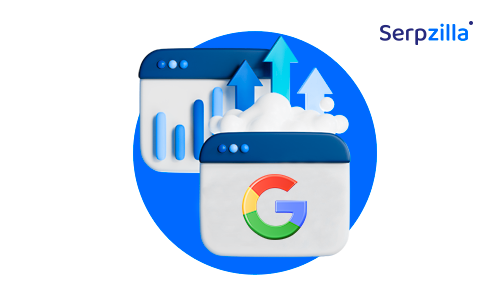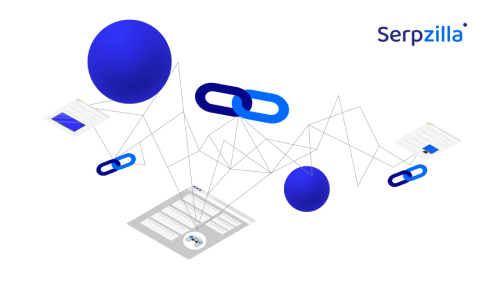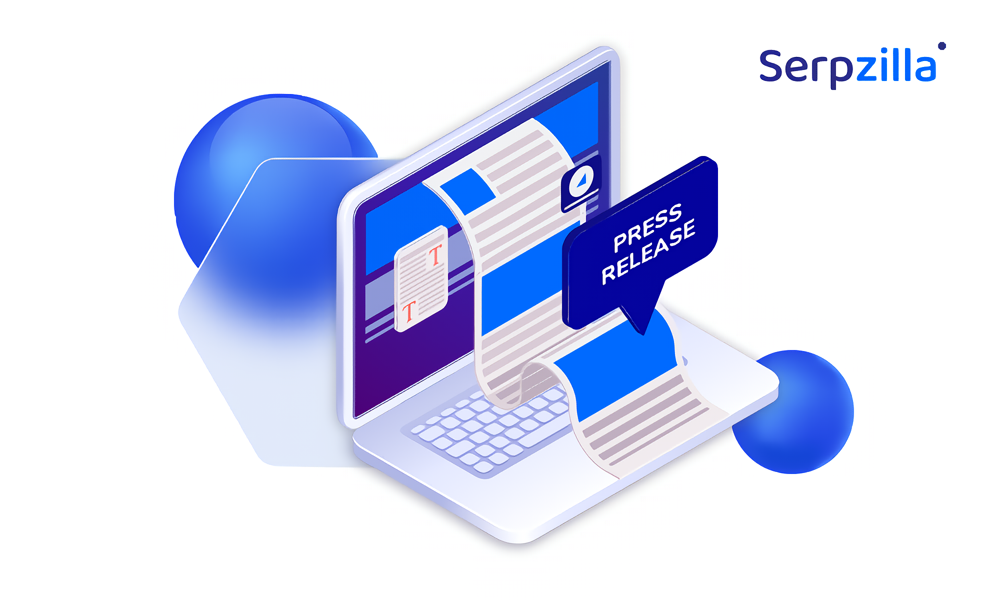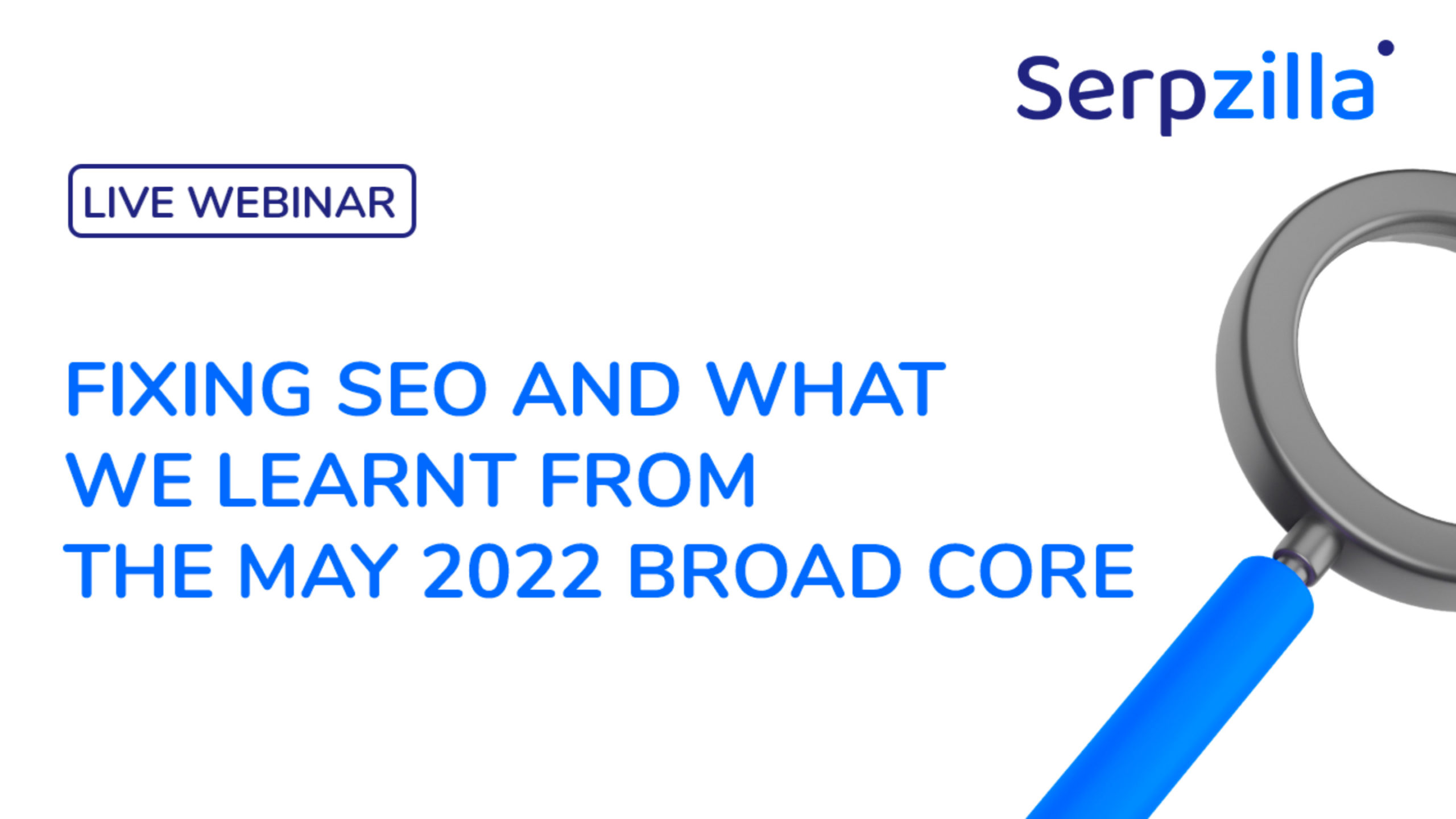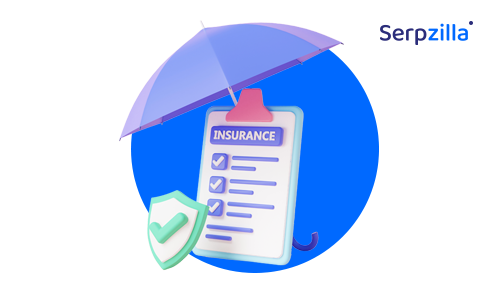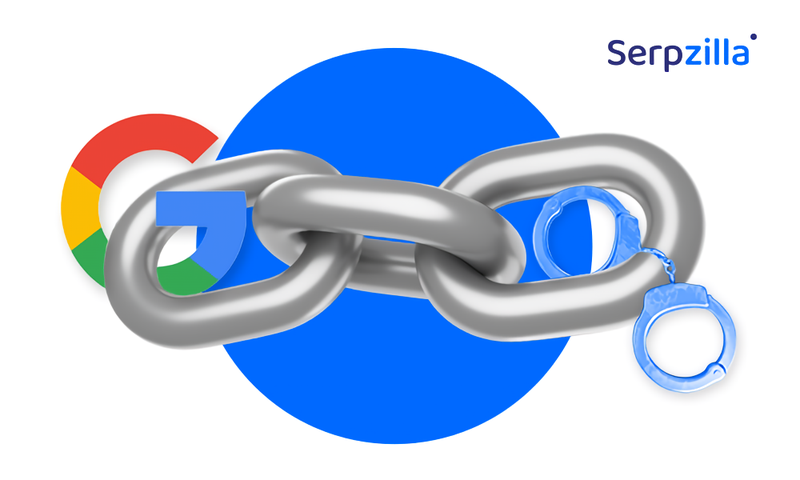How to Find Good Keywords and What to Do with Them
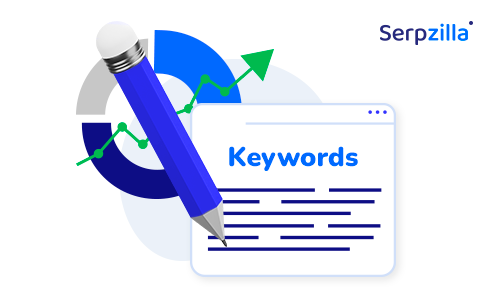
All SEO is built around keywords.
What are keywords, anyway? They’re the terms, words and phrases that searchers enter in Google or other search engines (or the search box of any other app, site or platform) to find certain kinds of results.
But keywords by themselves make little sense.
It is important to understand the “intent” of the searcher behind their choice of keywords.
For instance, someone types the word “fruit” into Google. You don’t need an SEO tool to tell you that hundreds of thousands of people are searching for this keyword, so if you’re a fruit seller, you’d instinctively want to rank for this term.
But such a generalized word could mean anything. It could be someone looking for a fruit salad recipe, a child wanting to see some images of fruits, someone searching for a similar-sounding brand, someone learning English searching for an idiom like “fruits of labor,” or a dozen different things.
A keyword also has a future. Today, a person wanting to plant a fruit tree in their garden might search for watering cans along with it, and insecticide a few months down the line.
No wonder keyword research today is really intent research.
As an SEO, your goal is to find and predict the intent of your customer – today, tomorrow and beyond.
For that, you need to be aware of the types of keywords and certain metrics that impact your choice of targeting them.
Types of Keywords
There are four major types of keywords:
General
As I said earlier, head terms such as “fruit” or “pizza” are way too general. We don’t know why the user is searching for these keywords. Is he looking to buy fruits? Does he want a picture of a fruit? Does he want to know about exotic fruits? Is he looking for a cake?
So it’s a bad idea to try and rank for general keywords. They are too broad and unspecific. You won’t get any qualified traffic even if you rank well for these keywords.
Informational
Informational keywords are those where users are looking for facts, news, data and stats. They usually start with a question word such as how, when, what, where, why or who.
- how many calories are there in a serving of apple pie
- when is mother’s day
Here, Google prefers to rank an informational resource such as Wikipedia. If your site is educational or information-rich, you’ll pop up frequently for such searches. Informational keywords can be head terms as well as long tail.
If data and stories make up your bread and butter, these keywords are very important for you.
Navigational
Navigational keywords help searchers find something specific. Many times, a searcher might think of a brand name, an online resource, a shop or something but they probably don’t know the website URL or remember the exact name. In such cases, they simply google the brand, product or company, expecting Google to take them to the official website. The terms they use are “navigational” – they lead the user to their destination.
With smart use of navigational keywords, you can drive all kinds of branded traffic (including your competitors’ brands) to your website.
Transactional
A keyword that drives conversion is a transactional keyword. Words that convey purchase intent – such as buy, get, read, download, etc. – are transactional.
Again, these could be head terms or long tail – such as “buy running shoes” or “buy reebok men’s running shoes blue size 12” – but you want rank #1 for as many of these as possible.
Most websites typically focus on either transactional or informational keywords, not both.
Multimedia
When users are looking primarily for content or digital products, the important keywords can be a combination of informational and transactional. Say you want to watch a movie in a theater or on an OTT platform. You want to see the trailer before you decide if you will pay to watch it, right? So you go and google the trailer, which is in a multimedia content format. Your keywords would be primarily informational but also overlap significantly with transactional.
If your website focuses on purchases – say you’re a shop selling fruits or a financial services provider, multimedia keywords won’t be very helpful.
Keyword Metrics
Now that you’re aware of the different kinds of keywords, let’s discuss a bit about the characteristics and metrics that help you choose which keywords to target, based on how high (and how soon) you can rank for them.
Geography
There are certain keywords that are geographically limited. The intent of the searcher can be matched or assumed to be within a certain radius of their location. Say you google “cafe” or “plumber” – it’s far more likely than not that you’re looking for one near you. The “… near me” is automatically assumed by Google. You don’t have your pizza delivered from Italy every time, do you?
Again, there are some keywords which might include the name of a place, but could be searched from anywhere in the world. Some examples:
- florida election results
- swiss cheese
- india vs pakistan cricket match
Some keywords are trickier than others. Ultimately, location-specific keywords depend on where the service provider and the searcher are located. You’ll need to do Local SEO or International SEO if you want to target them.
Volume
Monthly search volume is perhaps the most important metric of a keyword. But focusing on volume without knowledge of the types of keywords or the importance of location would be pointless.
This is where head, chunky middle and long tail keywords are important.
You can classify keywords based on their volume:
- High-volume keywords: more than 10,000 searches per month
- Mid-volume keywords: 1,000 to 10,000 searches per month
- Low-volume keywords: 50 to 1,000 searches per month
- Micro-volume keywords: less than 50 searches per month
Out of all the people searching for a keyword of your interest, how many can you really service or sell to? That is the volume that’s important.
Competition
The competitiveness of a keyword is influenced not only by how often it’s searched but also the number of websites attempting to rank for it. This influences “keyword difficulty” – the metric that tells you how hard it will be for you to get into the top 10 or top 5 results or featured snippets for this keyword.
You need to decide whether or not to target a keyword based on how valuable it is as well as its competitiveness and volume.
Continuing our example of fruits, say that you’re a company that imports and sells exotic fruits in the UK. You start out by preparing a list that includes dragon fruit, kiwi, jackfruit, prickly pears, horned melons, and so on. Then you analyze the competition for each of these keywords. You might find these combinations:
- High volume, low competition: Such keywords are rare, but they do exist. If you dig deep and keep looking, you’ll find them.
- Mid volume, low-to-middle competition: This is the sweet spot. Try and find keywords in this category. You’ll have a fair chance at taking on the competition and once you start ranking, they’ll bring you decent traffic.
- Low volume: Target these keywords only if they have very low competition. If the competition is high, you’ll find it very hard to get ROI even for highly valuable keywords.
Ultimately, the decision to aim and rank for a keyword is a business decision. For example, if you’re a personal injury lawyer, few people are searching for your services, but even if you get a couple of customers a month from Google, it might be good business for you.
Keyword Analysis Is Paramount
The depth with which you analyze your keywords is very important to your success. Do this before you embark on any SEO campaign, before you create content, before you build links and probably before you even create a website.
When you start matching your customers’ intent accurately and consistently, there is no stopping you!





